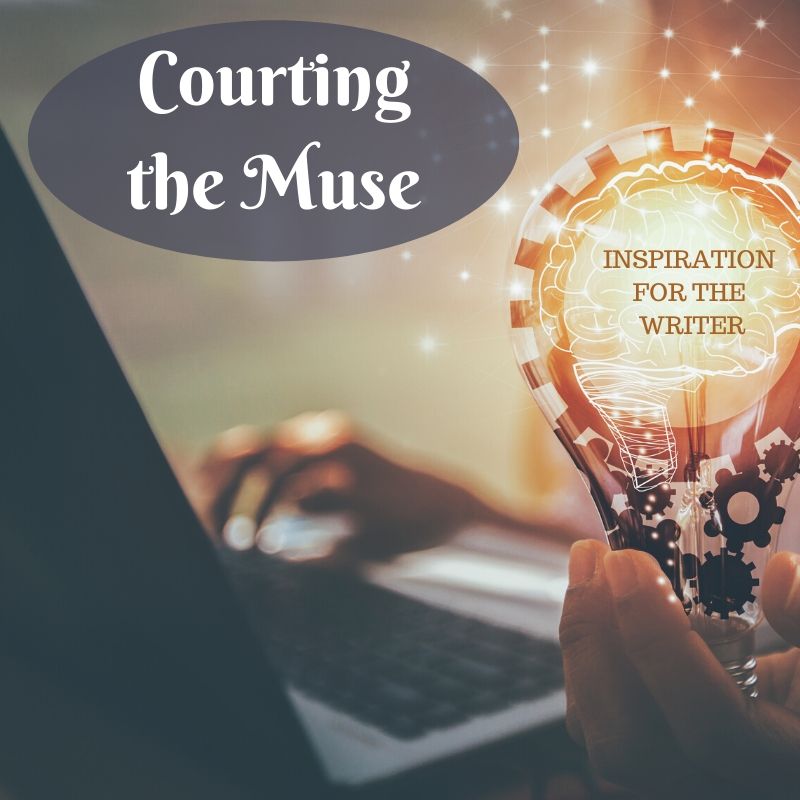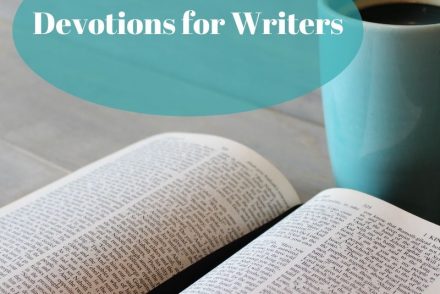Emily Dickinson knew how to find inspiration without leaving the house. In her thirties, the reclusive poet withdrew into the quiet of her childhood home, holding conversations through her closed bedroom door. But she also carried out lively friendships through letter-writing, and even traveled — so to speak.
Dickinson, as much a landlubber as any, wrote movingly about the nautical sweep of reading, something we as writers know well:
There is no Frigate like a Book
To take us Lands away.
But there’s another vessel that can carry our imaginations to distant lands without moving our bodies at all: perfume.
Smell, as Helen Keller once observed, is “a potent wizard that transports us across thousands of miles” — often to places we’ve never been before. Perfumers use this teleportational magic to tell a story, bottling up exposition, climax, and denouement to bloom through the air as top notes, heart notes, and base notes.
Perfumes are succinct, vivid, and memorable — all show and no tell. As storytellers, we can learn a lot from how they work. How to distill an experience into a few drops of salience. How to ensnare someone’s attention from the opening and keep hold of it as the story unfurls. How to evoke emotion directly, by playing to the senses instead of the mind. Still, there’s one problem when it comes to transmuting perfume into writing inspiration: scent is notoriously difficult to capture in words — at least if you take a direct approach.
What happens if you list out a perfume’s component scents? Violet, ylang-ylang, rice powder. The words are pretty enough, but they feel abstract, even sterile — no living fragrance clings to them. The ingredients might tell us what the perfume smells like, but they don’t show us how it feels to dash it along our wrists, to wait as the heat of our bodies makes it dance across our skin. When it comes to scent, words so often fall flat.
Luckily for us, copywriters in the fragrance industry have grappled with the inexpressibility of scent for years. As creative writers, we can learn a lot from the perfume catalogs they assemble, which translate stories told in scent into our chosen medium of language.
As an example, let’s look at a perfume built around the violet, ylang-ylang, and rice powder scents I brought up either. These notes take on a starring role in Blanc Violette, a powdery floral scent developed by the indie perfume house Histoires de Parfums.
Instead of simply listing out its olfactory components, the perfume’s catalog entry uses evocative language to capture a delicate and playful mood:
Amidst the subtle games of shadow and light playing out in the underbrush, heart-shaped flowers flourish, showing off their delicate lines on a lush blanket of chlorophyll and Violets.
An image of purity and innocence, White Violet enhances the skin with a delicate freshness, at once iridescent and scintillating, and powdery and creamy.
An evening perfume caught between shadow and light, and innocence and seduction: a sweet, powdery and witty fragrance.
Whether or not you know what violet smells like, this catalog entry develops striking but accessible imagery — the heart-shaped flowers, the play of light and shadow — to convey how wearing it feels. When we grapple with linguistically elusive concepts in our own writing, we can do the same: showing what we mean through powerful imagery instead of telling it in spare and lifeless words.
Failing that, we can always spritz on a bit of perfume to inspire us as we power our way through our drafts. Why not write in a cloud of Paper Passion, which captures the aspirational scent of new books?

Lucia Tang is a writer for Reedsy, a marketplace that connects self-publishing authors with the book industry’s best editors, designers, and marketers. To work on the site’s free historical character name generators, she draws on her knowledge of Chinese, Latin, and Old Irish — learned as a PhD candidate in history at UC Berkeley. You can read more of her work on the Reedsy Discovery blog, or follow her on Twitter at @lqtang.



 We love helping your growing in your writing career.
We love helping your growing in your writing career.

No Comments